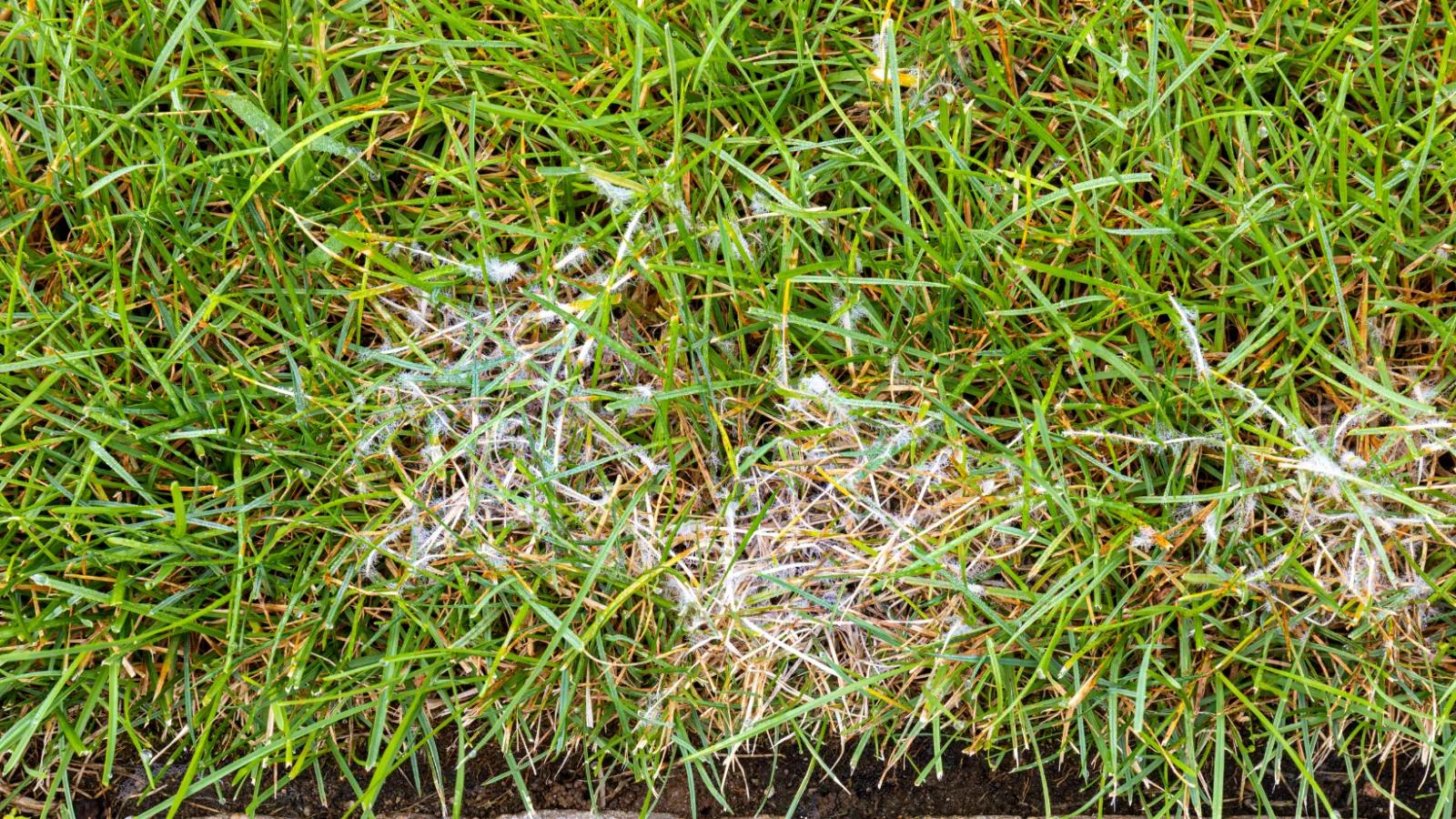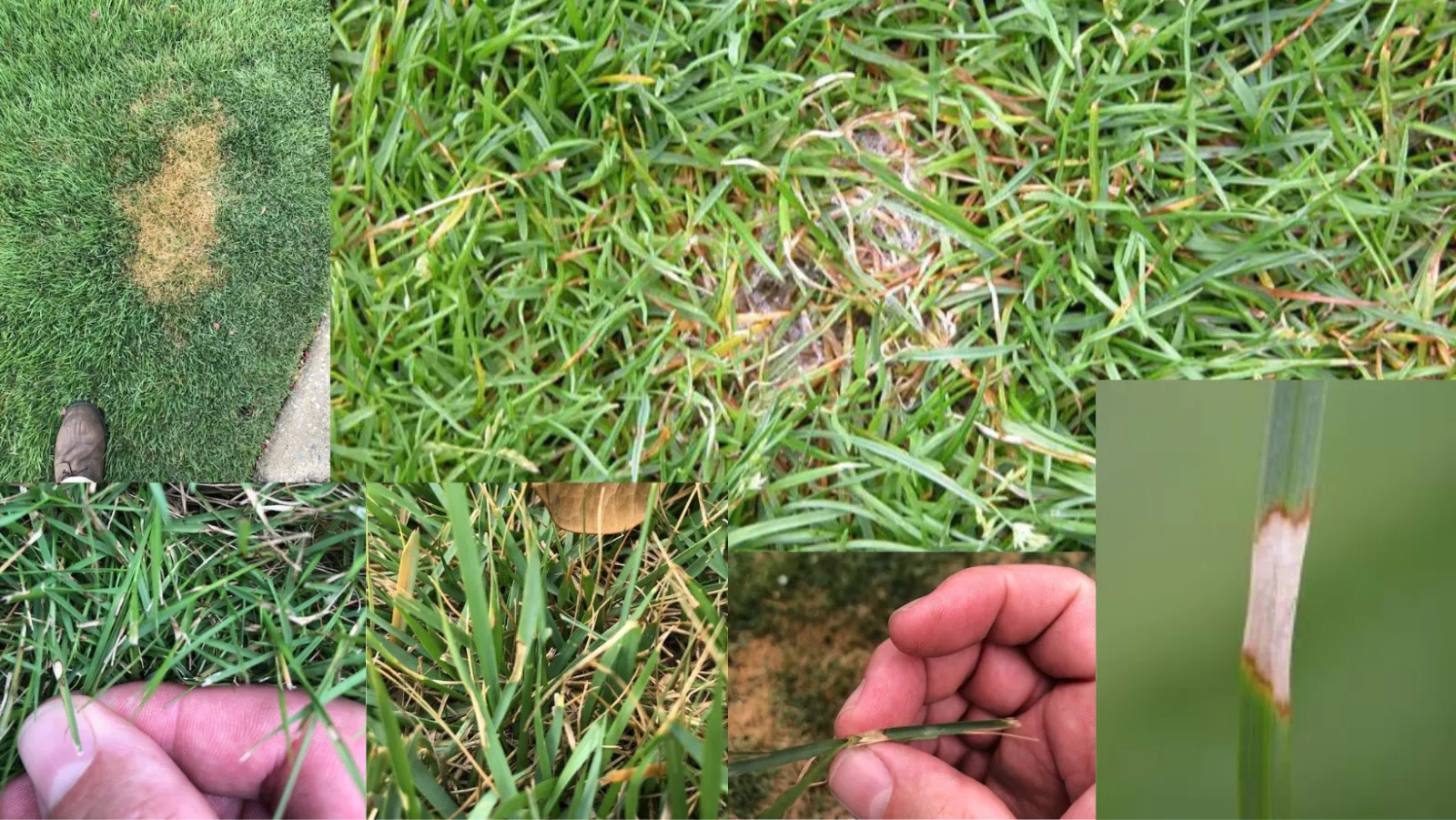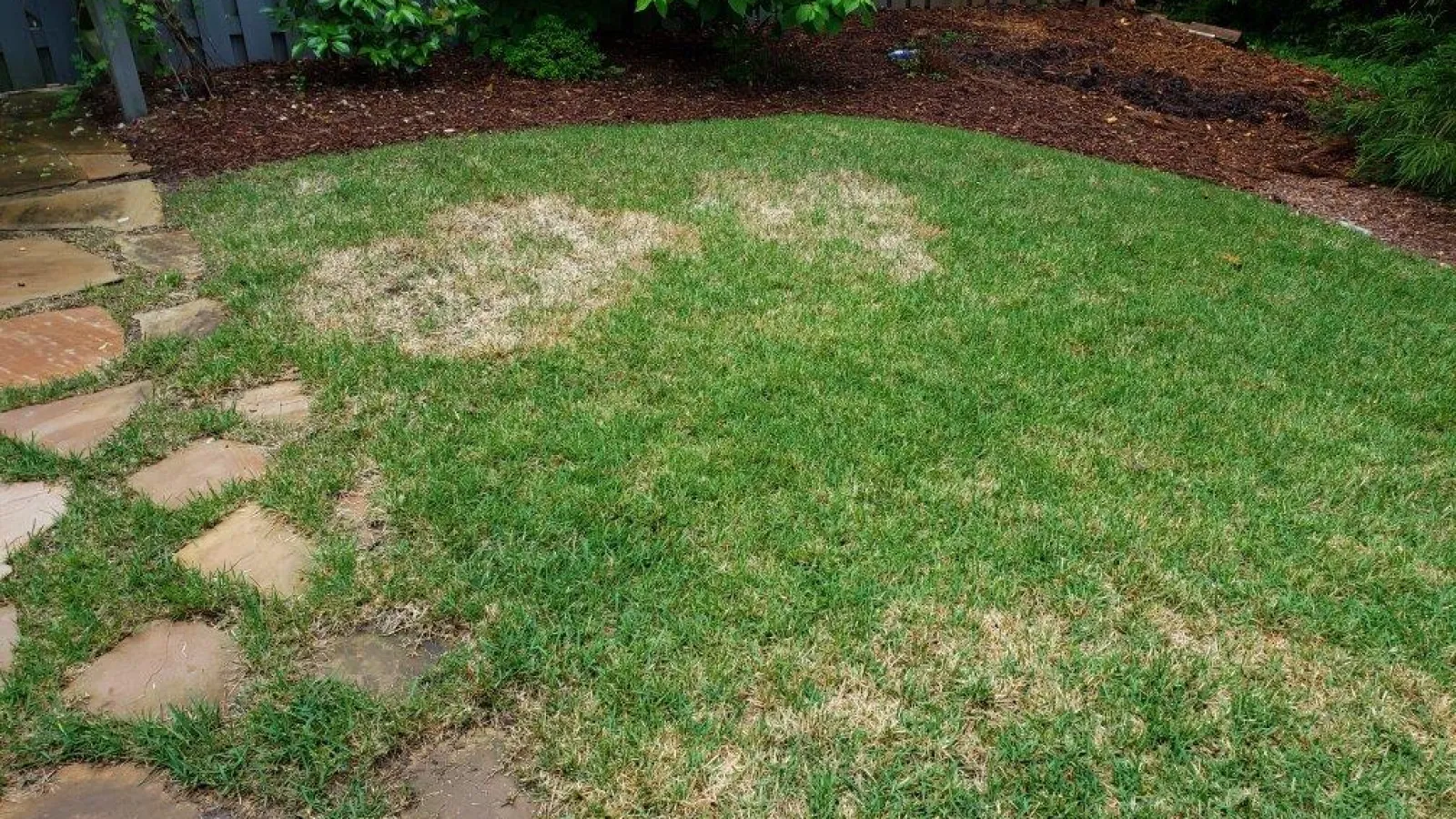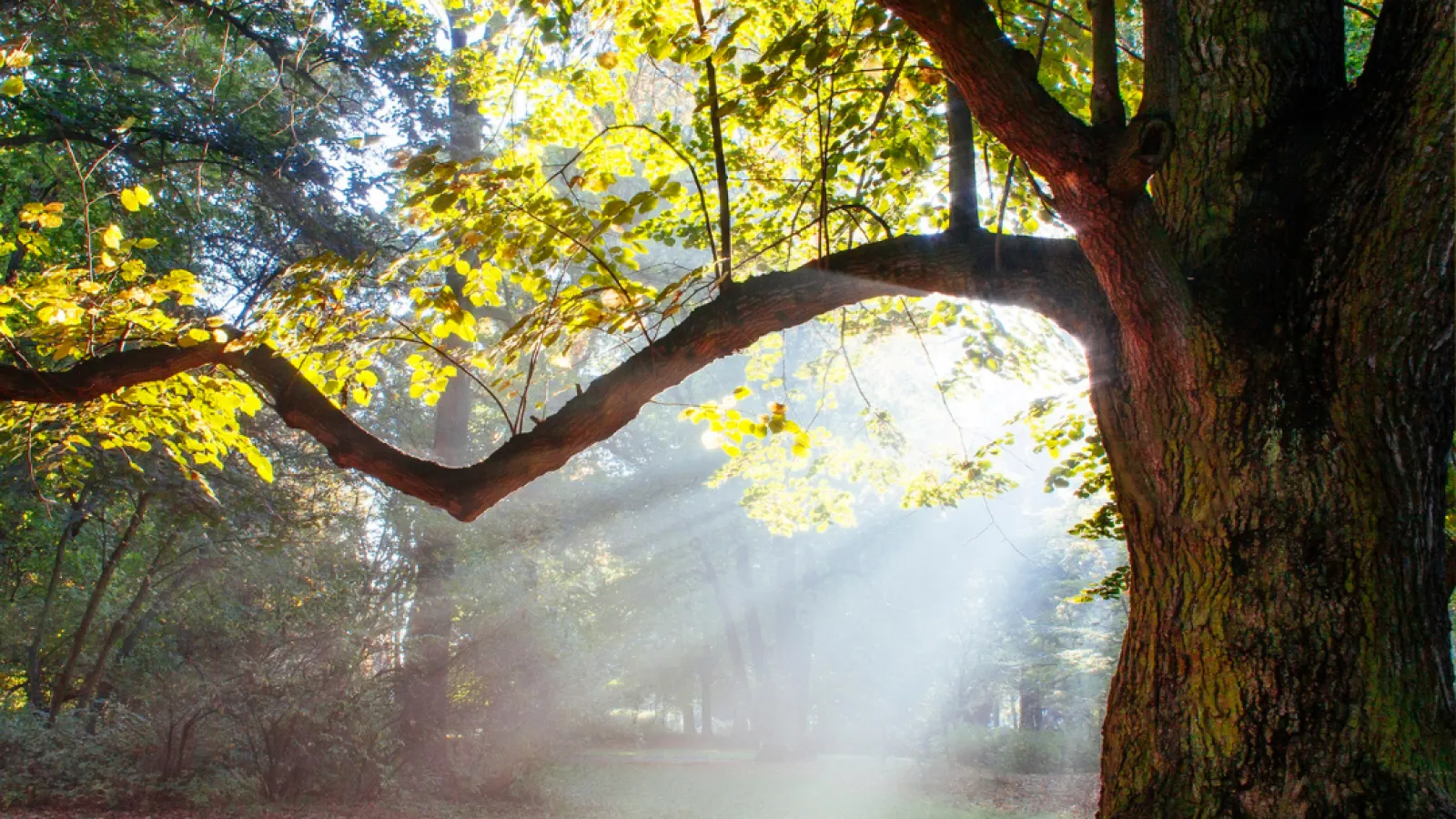
Dollar Spot Lawn Disease
Don't let your beautiful lawn be overtaken by dollar spot fungus. This fungus is one of the most prevalent turf diseases in North America. Landscapers, golf course superintendents, and other turfgrass professionals spend more money on chemicals to control dollar spot than any other disease.
Susceptible Grass Types
Dollar spot is a non-spore-producing fungus that was classified as Sclerotinia homoeocarpa but has been renamed to Clarireedia homoeocarpa . It typically attacks both warm-season and cool-season grasses, with Bermuda being the most susceptible. When the environment is conducive to the disease, mycelium (the branching, vegetative part of the fungus) grows from infected plants and infects nearby plants. Movement of mycelium or infected leaf debris can be spread by equipment, people, animals, water, or wind, and it can penetrate intact leaves or enter through cut leaf tips.
When See Dollar Spot
In the south, we see dollar spot from late spring through fall because the fungus develops during humid weather. When our daytime temperatures are between 59-86 degrees Fahrenheit, and nights are cooler, it often creates a dew on the lawn which makes the perfect environment for dollar spot to flourish. And dollar spot doesn't die in the winter. It lies dormant until the perfect temps arise, and then it rears its ugly head again.
Dollar Spot Appearance
Dollar spot gets its name from the tiny, quarter to silver dollar size, straw-colored patches it produces in your lawn. When up close, the infected grass will have light-colored lesions on the leaf blade and will continue to grow if not treated. When you step back, you may see sunken patches that range from less than ½ inch to more than 4 inches in diameter. Turfgrass areas affected often become thinned and are more easily invaded by spring and summer weeds.

Ways to Prevent Dollar Spot
Mow regularly. Mow your Fescue lawns at 2.5-3.5 inches. Mow your warm-season lawns (Bermuda and Zoysia) at 1-2 inches.
Remove excess moisture and water your lawn in the morning hours. Dollar spot fungus loves moisture, so if your grass is wet, it encourages fungal growth. By watering early in the day, the grass has time to dry before the sun sets.
Core aeration. Aerating your lawn annually reduces soil compaction, allowing oxygen, water, and nutrients to reach the roots.
Maintain proper fertilization and weed control program. Unfortunately, Dollar spot can't be prevented but if it decides to make an appearance, it can normally be treated with fertilizer. The fertilizer will boost grass growth causing Dollar spot to grow out as well. However, if it's a severe case, our Fungicide Program may be necessary.
Tailored treatment for your specific fungal disease
Appropriate amounts of product applied at the appropriate time
A plan to help you take care of your lawn after we complete the treatment
Maintaining a healthy, disease-free lawn doesn't mean just leaving it be. A lot goes into it, and 'The Nice Guys' are here to help. If you suspect you have dollar spot in your lawn, contact us. If you've had dollar spot in your lawn in the past, don't ignore it because it will return. Contact the professionals at Turf Masters today.


